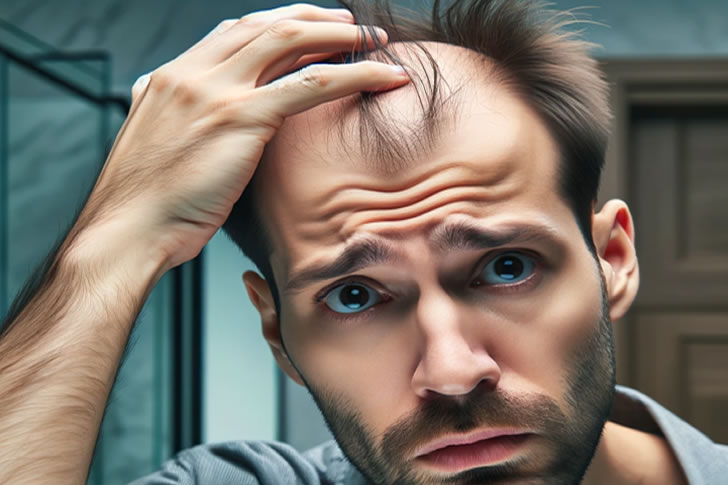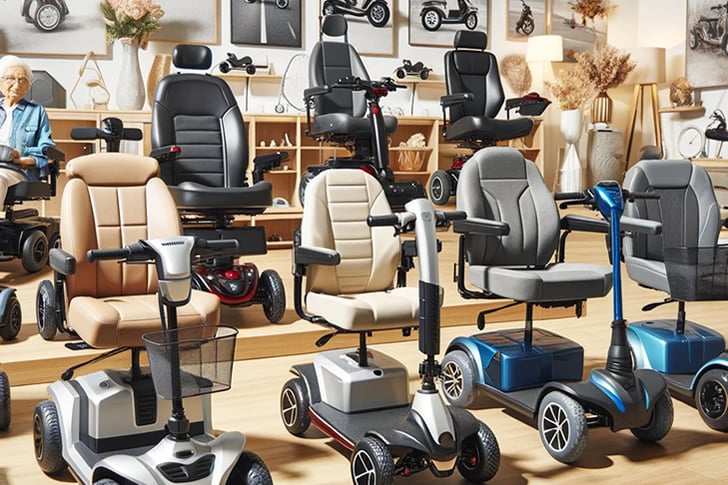Hair transplants in the United States have evolved significantly, with various price ranges and technological advancements influencing decisions.
ADVERTISEMENT

In the United States, hair transplant prices can vary widely based on several factors including the location of the clinic, the experience of the surgeon, and the number of grafts required. On average, prices can range from $4,000 to $15,000 per session. It's important to understand that very health insurance plans do not cover cosmetic procedures like hair transplants, so patients should be prepared for this out-of-pocket expense.
Due to the high costs, many clinics offer financing options to help patients manage expenses. Payment plans can spread the cost over several months or even years.
FUE is a minimally invasive technique where individual hair follicles are extracted from the donor area and transplanted to the balding areas. This technique has gained popularity due to its minimally invasive nature, reduced scarring, and quicker recovery times.
FUT, also known as the strip method, involves removing a strip of scalp from the donor area, which is then dissected into individual grafts. Although this method leaves a linear scar, it can be more economical for extensive hair loss.
Technological advancements have led to the introduction of robotic systems like ARTAS, which assist surgeons in performing precise FUE procedures. These robots use advanced algorithms to identify optimal hairs for extraction, enabling higher precision and reducing human error.
Often used in conjunction with hair transplants, PRP therapy involves injecting platelet-rich plasma derived from the patient’s own blood into the scalp. This helps to stimulate hair growth and improve the overall health of transplanted follicles.
Conduct thorough research to identify experienced and reputable surgeons. Schedule consultations with multiple clinics to discuss potential procedures, costs, and expected outcomes.
Follow your surgeon’s preoperative instructions carefully. This may include avoiding certain medications, alcohol, and tobacco for a specified period before the surgery. Additionally, preparing a restful recovery space at home can aid in post-operative care.
Consider regular follow-ups with your clinic to monitor the health of the transplanted hair. Non-surgical treatments like PRP therapy or low-level laser therapy (LLLT) can also help maintain and boost hair growth.
Understanding hair transplant prices in the United States and keeping up with technology advancements can significantly impact your decision-making process. By conducting thorough research, asking the right questions, and following pre-and post-operative care instructions, you can achieve satisfactory results. Always seek the expertise of experienced professionals to ensure safe and effective treatment.

Finding quality living arrangements as you age can be challenging. This guide breaks down Affordable Senior Housing, Public sector Subsidized Programs, and Retirement Villages to help you make informed decisions.

As we age, maintaining independence becomes crucial. Mobility scooters provide the elderly with the affordabledom to move around comfortably, enhancing their quality of life.

Finding the right water filtration system can be overwhelming. Here are some tips for effective water filtration, considering cost, and seamless installation.

Maintaining your home's foundation is crucial. Here are tips and strategies for affordable foundation repair without compromising quality.

Transitioning to renewable energy with solar panels offers numerous benefits for homeowners. This guide provides essential tips and advice to make the journey smoother and more efficient.

Discover essential dental plans, good implants, and full mouth solutions for seniors on Medicare to ensure optimal oral health.

This article examines prepaid phone options, highlighting plans without monthly fees, smartphones for seniors, and public sector assistance programs for mobile services.

Maintaining independence while receiving home care is achievable with professional support. This guide provides advice and tips to balance autonomy and professional care effectively.